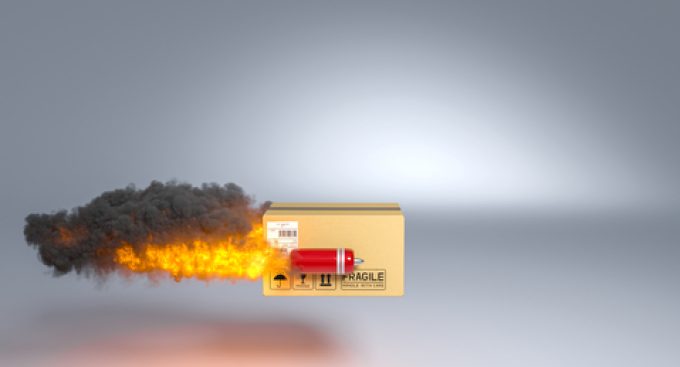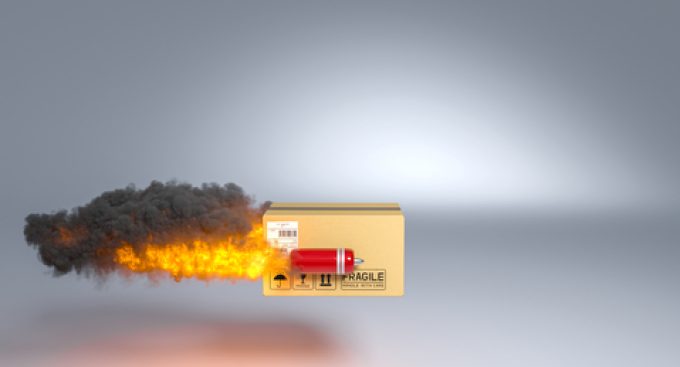
© Gualtiero Boffi |
It’s not just the loss of taxes or the import of illegal substances that is concerning US authorities in the airfreight peak season: it’s safety, too.
The Federal Aviation Administration (FAA) has warned airlines to review procedures before the avalanche of Christmas ecommerce packages containing electronics hits the skies.
In a Safety Alert for Operators (SAFO) this week, the FAA noted: “The holiday season is rapidly approaching, when the number of packages, including electronics, entering into the aviation cargo stream significantly increases, warranting a review by aircraft operators of their procedures and checklists, specifically addressing recognition, differentiation and mitigation of odours, smoke, fire and/or fumes in the aircraft.
“Events involving odour, smoke, fire and/or fumes may require targeted and timely action to protect the aircraft, aircrew and passengers.”
It said it was particularly focused on “safety concerns involving cargo shipments that may contain batteries, battery-powered devices, or analog or electronic timing devices, in combination with flammable materials (eg, flammable liquids, flammable solids, flammable gas)”.
The FAA said it was crucial for airlines to know what they are carrying, and that any hazardous materials shipped complied with regulations.
And it’s a huge task. According to Customs & Border Protection, nearly four million low-value shipments enter the US each day, which it described as “a high-risk environment”.
From 12 November, the CBP will reject shipments with “vague cargo descriptions”, such as “gift”.
The FAA told airlines they must: check the adequacy of their policies to ensure cargo on the aircraft will not cause a fire that exceeds the aircraft’s capabilities; check their in-flight procedures following the discovery of smoke, odours or fumes, and ensure flight crews are well trained; and offer further guidance for crews on procedures.
It added that they must also comply with international standards on fire protection systems and risk assessment.

